Temple of Apshai is the first in Automated Simulations' Dunjonquest series of role-playing games series and one of the first computer role-playing games.
The game could be described as a graphical “roguelike”, but actually it resembles the mainframe classic DND more, as you cannot see the whole level, but only your surroundings. Furthermore, the level maps are not randomized like in Rogue. Still, the gameplay has a lot in common with Rogue and other early dungeon crawls: A solo character explores a monster-infested, multi-level dungeon to grab some treasure, everything in top-down view.
The game starts at the Innkeeper by creating a new character (if you already played the game, you can use characters that you created). You get different stat values (in Dungeons & Dragons style) as well as an amount of money that you can spend on weapons, armor and other equipment. Alternatively, you can just enter the stats to “import” characters from other role-playing games (this is also used as a primitive “save / load game” mechanism).
After character generation, you enter the dungeons. On the left, the current room of the dungeon is displayed; the character status and other info are displayed on the right. One thing that sets Temple of Apshai apart from other rpg is that the manual contains detailed room descriptions for each room (that may contain hints about traps or treasures), to create atmosphere despite crude graphics.
You move about and perform actions like opening doors, firing arrows, examining walls for secret doors etc. by pressing key commands. Moving is also done without cursor keys: You turn your character into the direction you want to go and then move him forward by 1 to 9 steps, also selectable by single keystrokes. But take care of fatigue: If you keep running all the time, your fatigue rises, and if it reaches 100%, you cannot move or act for some time — which can be deadly in the presence of, say, a Giant Bombardier Beetle.
Each room may contain treasures to pick up (sometimes just trash, sometimes gold, sometimes useful items), secret doors which lead to hidden parts of the dungeon and traps, which obviously should be avoided (you can try to search for them). Of course, you will also encounter monsters — a variety of undead or giant insects — which you have to fight using turn-based combat. Apart from the normal attack, there is also the thrust (which is more effective, but risky), and you can also fire arrows at distance or parry. To avoid a fight, you may also try to speak to them.
If you return to the Innkeeper, you gain experience, which increases your stats. Still, if you quit the game, the only way to save your character is to write down the stats on paper and re-entering them the next time you play.
Specification: Temple of Apshai
|
User Reviews
Be the first to review “Temple of Apshai” Cancel reply
- Show all platforms
- 3DO
- Acorn Archimedes
- Acorn Atom
- Acorn Electron
- Action Max
- Amiga
- Amiga CD32
- Amstrad CPC
- Amstrad GX4000
- Android
- APF MP-1000
- Apple II
- Apple Pippin
- Arcade
- Atari 2600
- Atari 5200
- Atari 7800
- Atari Jaguar
- Atari Jaguar CD
- Atari Lynx
- Atari ST
- Atari XE
- Bally Astrocade
- Bandai TV Jack 5000
- BBC Bridge Companion
- BBC Micro
- Casio Loopy
- Casio PV-1000
- Coleco Telstar Arcade
- Colecovision
- Commodore 128
- Commodore 16
- Commodore 64
- Commodore PET
- Commodore Plus/4
- Commodore VIC-20
- Didj
- Dragon 32/64
- Emerson Arcadia 2001
- Entex Adventure Vision
- Entex Select-a-Game
- Epoch Cassette Vision
- Epoch Super Cassette Vision
- Evercade
- Fairchild Channel F
- Famicom Disk System
- FM Towns Marty
- Fujitsu FM-7
- Gamate
- Game & Watch
- Game Wave
- Game.com
- Gizmondo
- GP32
- Handheld Electronic Games (LCD)
- HyperScan
- Intellivision
- Interton VC 4000
- iOS
- J2ME (Java Platform, Micro Edition)
- Jupiter Ace
- Mac OS
- Magnavox Odyssey 1
- Magnavox Odyssey 2
- Mattel Aquarius
- Mega Duck
- Microsoft Xbox
- Microsoft Xbox 360
- Microsoft Xbox One
- Microsoft Xbox Series X
- Milton Bradley Microvision
- MSX
- N-Gage
- Neo Geo
- Neo Geo CD
- Neo Geo Pocket
- Neo Geo Pocket Color
- Nintendo 3DS
- Nintendo 64
- Nintendo DS
- Nintendo Entertainment System (NES)
- Nintendo Game Boy
- Nintendo Game Boy Advance
- Nintendo Game Boy Color
- Nintendo GameCube
- Nintendo Pokémon Mini
- Nintendo Switch
- Nintendo Switch 2
- Nintendo Virtual Boy
- Nintendo Wii
- Nintendo Wii U
- Nuon
- Oculus Quest
- Oric-1
- Ouya
- Palmtex Super Micro
- PC
- PC-88
- PC-98
- PC-FX
- Philips CD-i
- Philips Tele-Spiel ES-2201
- Pioneer LaserActive
- Playdate
- Playdia
- R-Zone
- RCA Studio II
- SAM Coupé
- Sega 32X
- Sega CD
- Sega Dreamcast
- Sega Game Gear
- Sega Genesis
- Sega Master System
- Sega Mega Drive
- Sega Pico
- Sega Saturn
- SEGA SG-1000
- Sharp X1
- Sharp X68000
- SHG Black Point
- Sinclair QL
- Sinclair ZX Spectrum
- Sinclair ZX81
- Sony Playstation
- Sony Playstation 2
- Sony Playstation 3
- Sony Playstation 4
- Sony Playstation 5
- Sony Playstation Portable
- Sony Playstation Vita
- Stadia
- Super Nintendo (SNES)
- Tandy Visual Interactive System
- Tapwave Zodiac
- Texas Instruments TI-99/4A
- Tomy Tutor
- TRS-80 Color Computer
- TurboGrafx 16
- TurboGrafx CD
- V.Smile
- Vectrex
- VTech CreatiVision
- VTech Socrates
- Watara Supervision
- WonderSwan
- WonderSwan Color
- Xavix Port
- Show all platforms
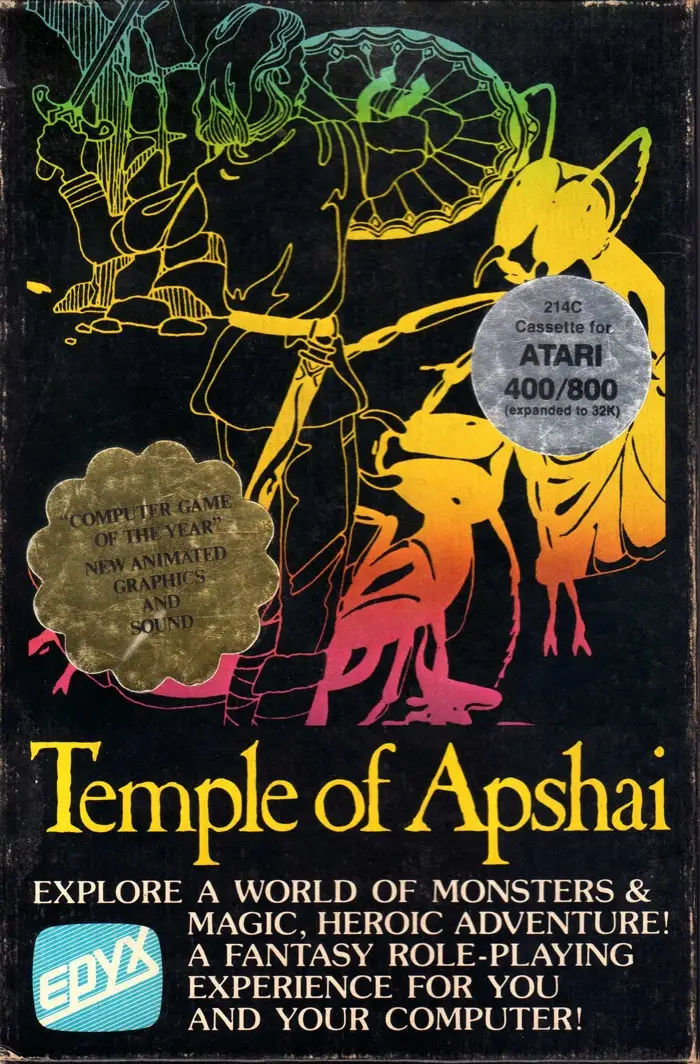
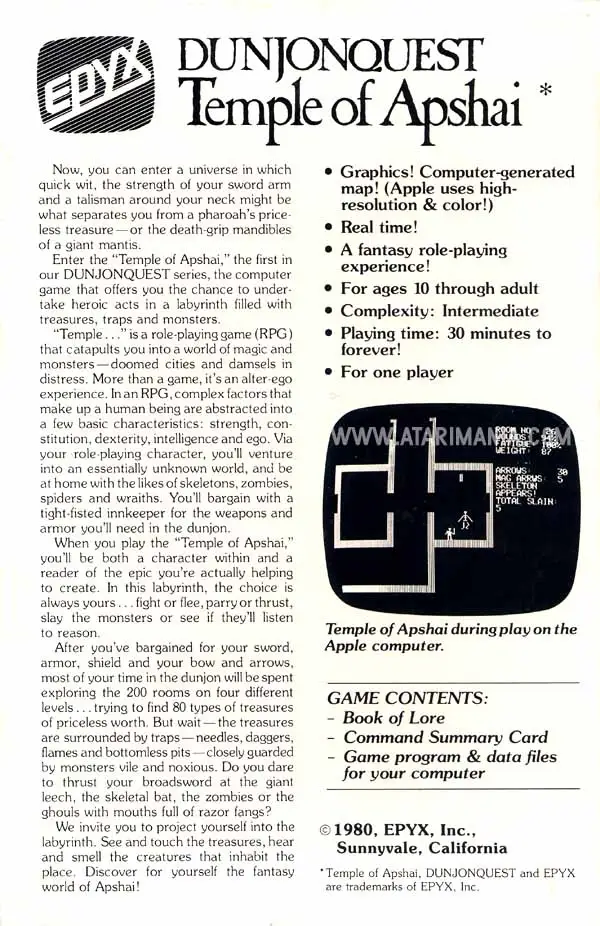



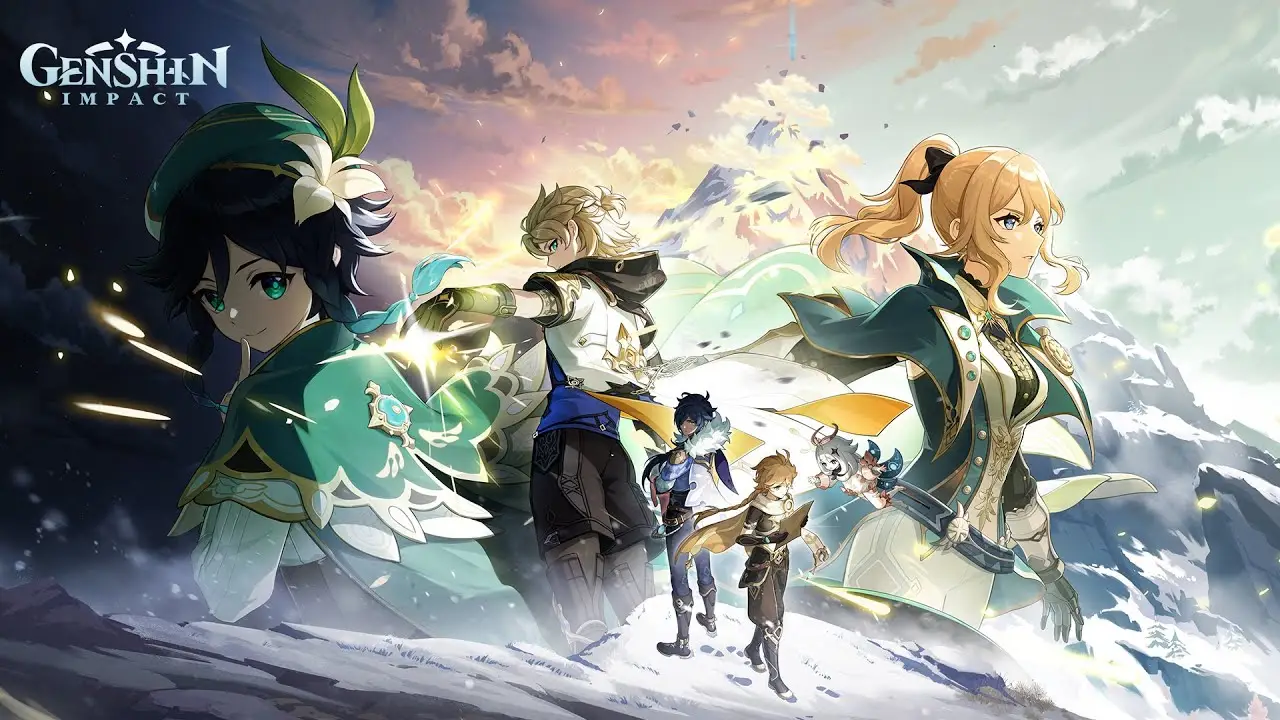
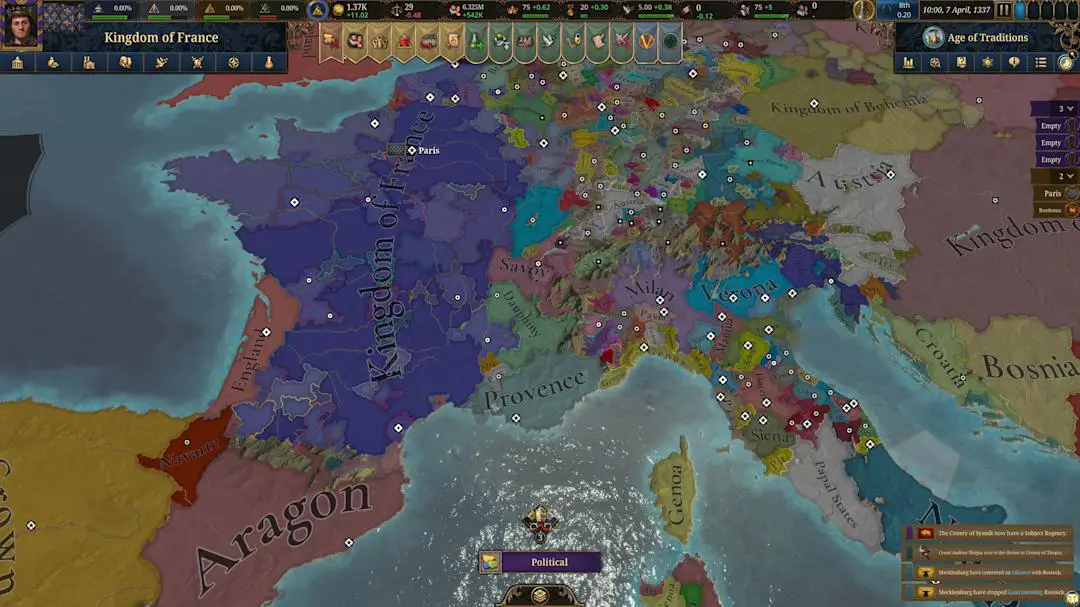

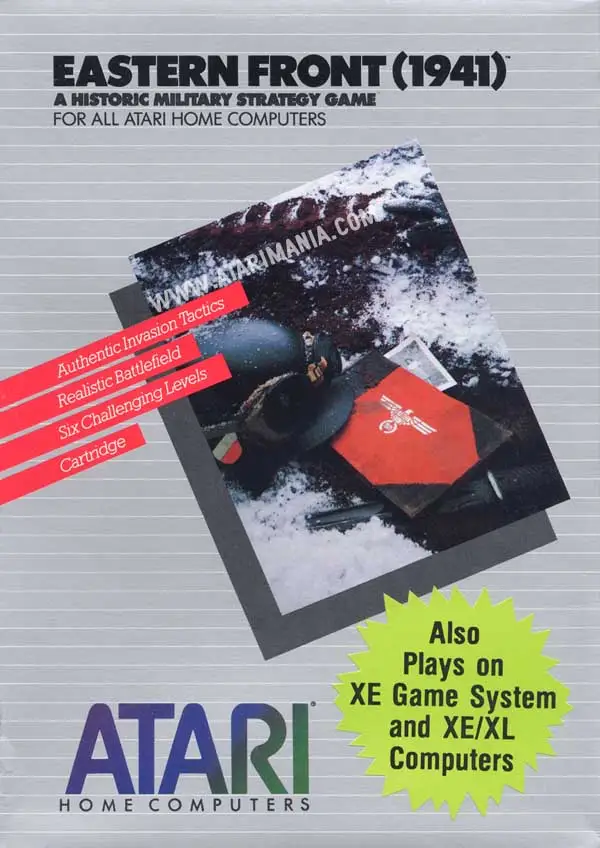
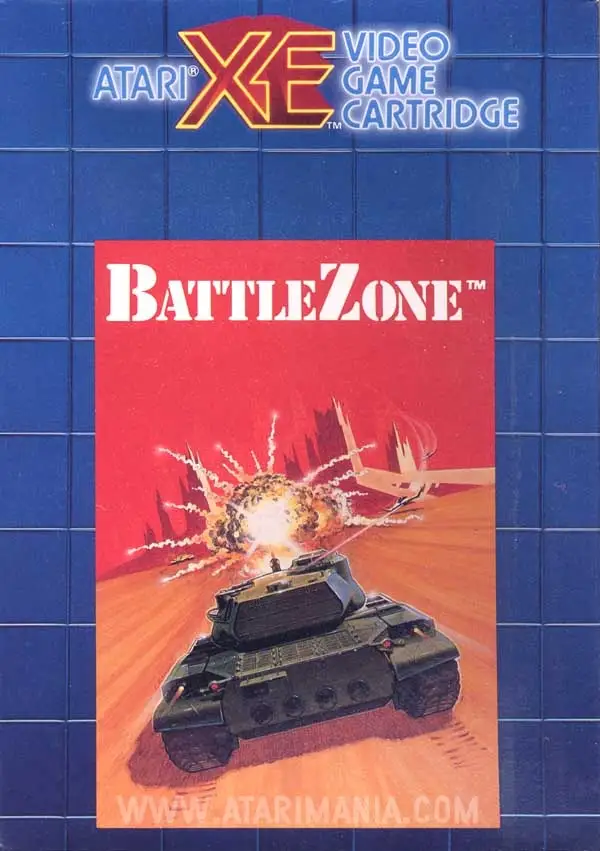
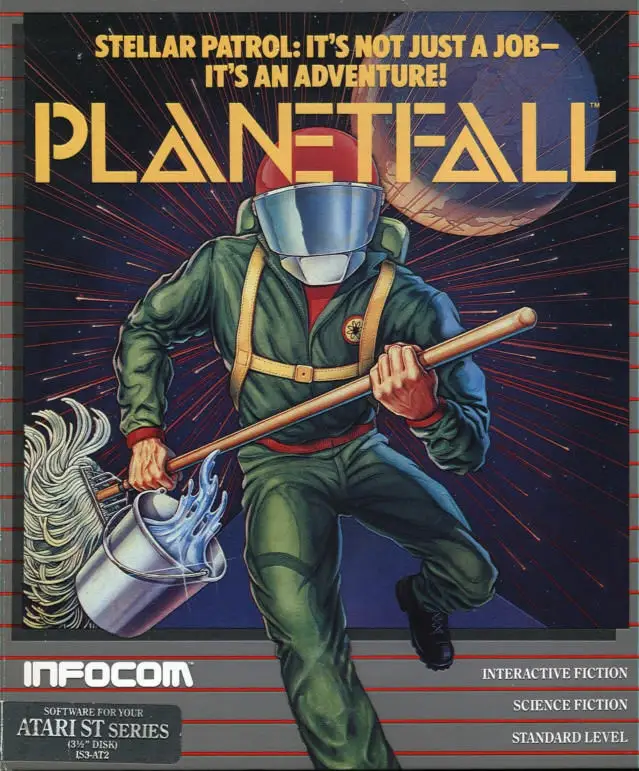
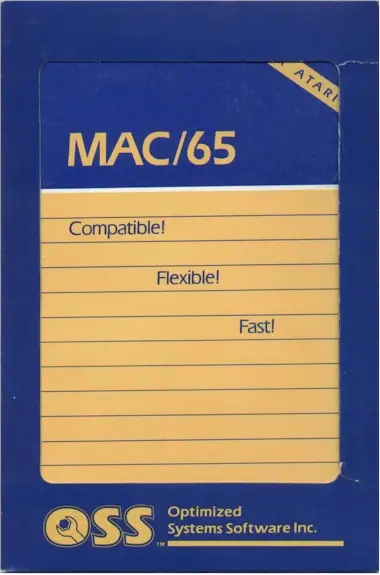
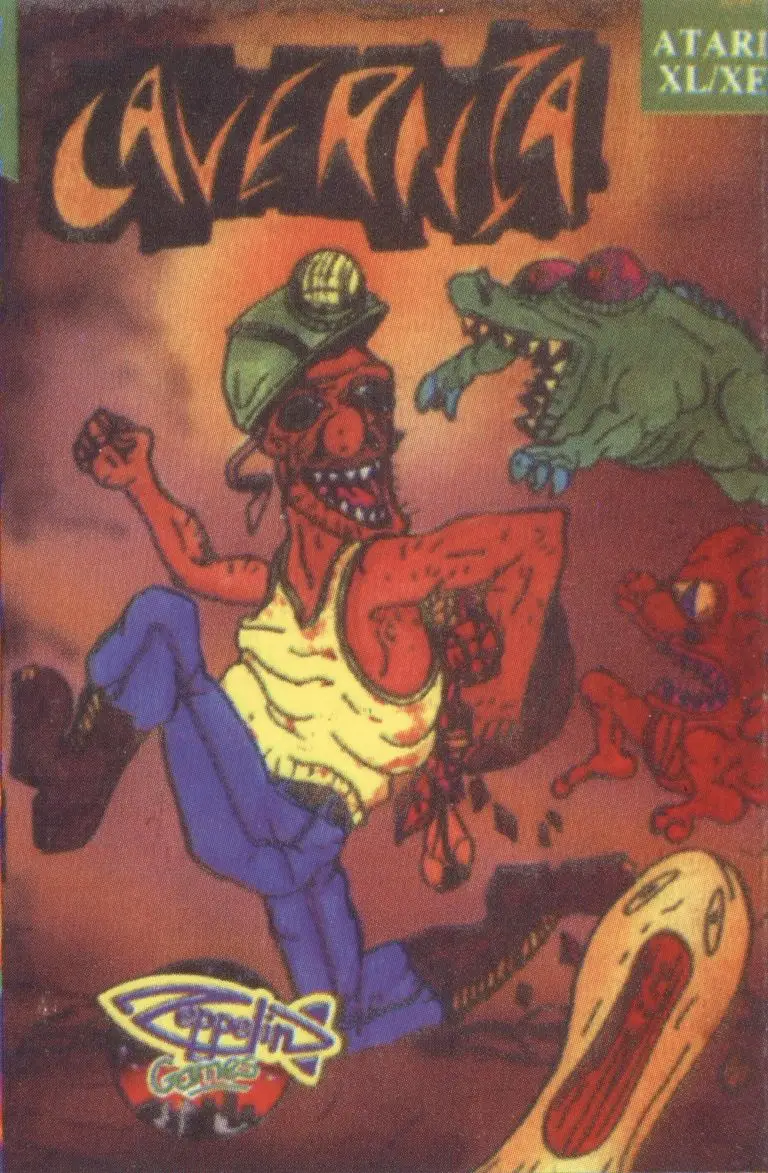
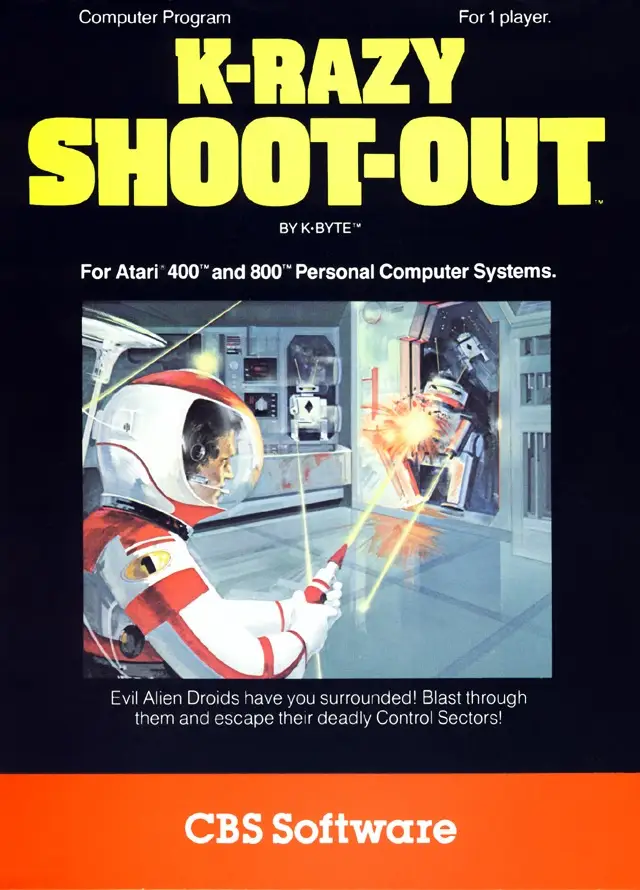
There are no reviews yet.